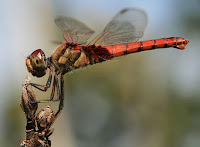Critiques on other people's academic shoot
http://hannahhartley-blog.blogspot.com/search?updated-max=2016-09-21T12:45:00-07:00&max-results=7 1. I love most of her pictures! She did really well with following the rules and she really thought out side of the box. 2. Also, she got close to her subjects and made it really clear what her subject was, and what the rules were. 3. One thing that could be improved in her photos would be to make sure her photo ( for mergers) is in focus. But all of her photos are very clear it's just the one. :)















